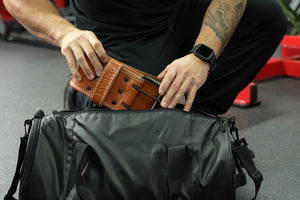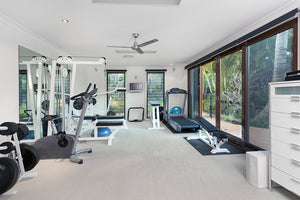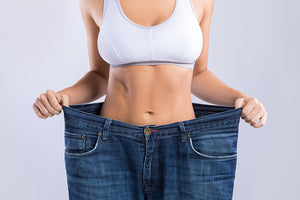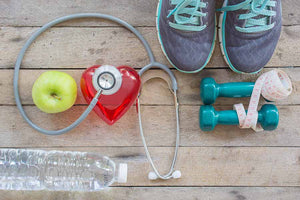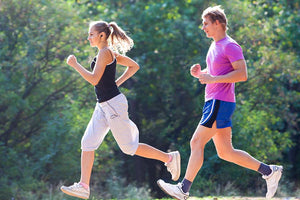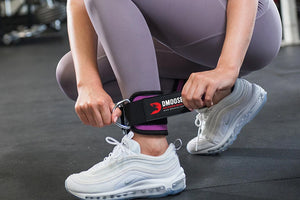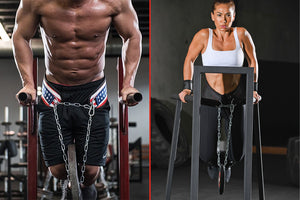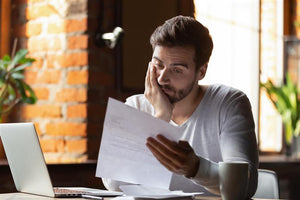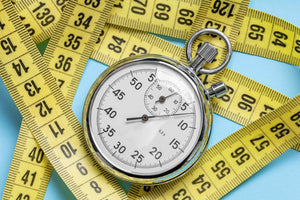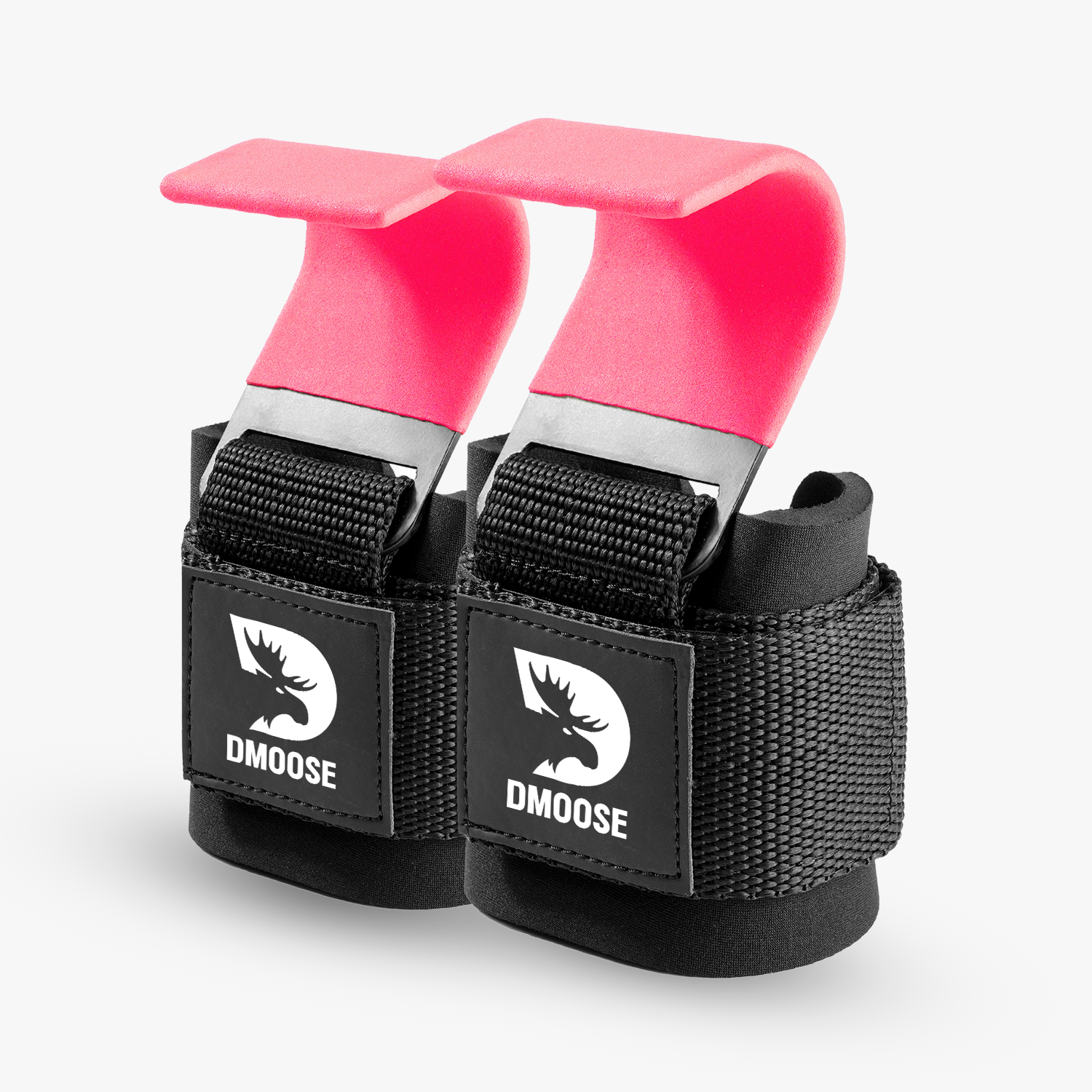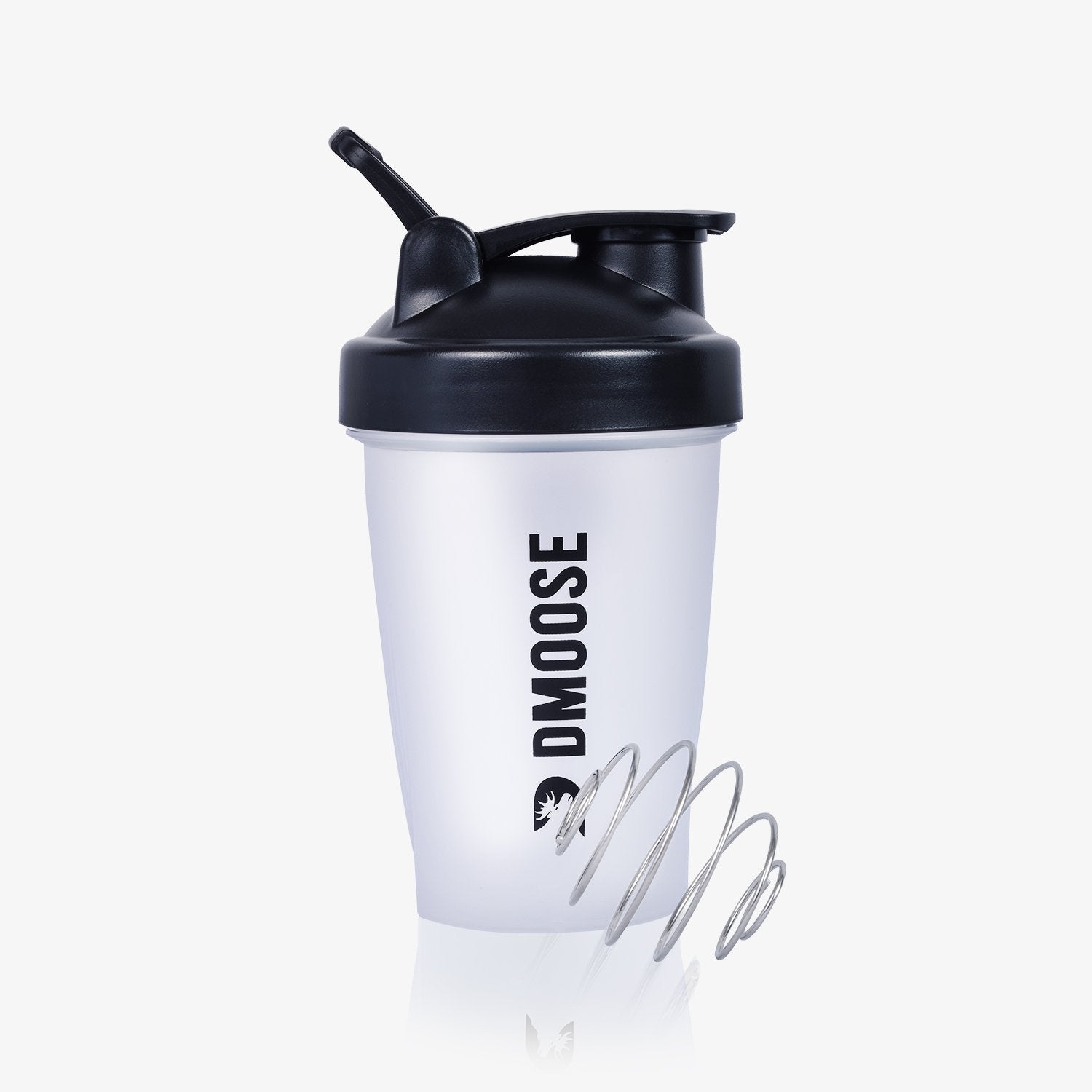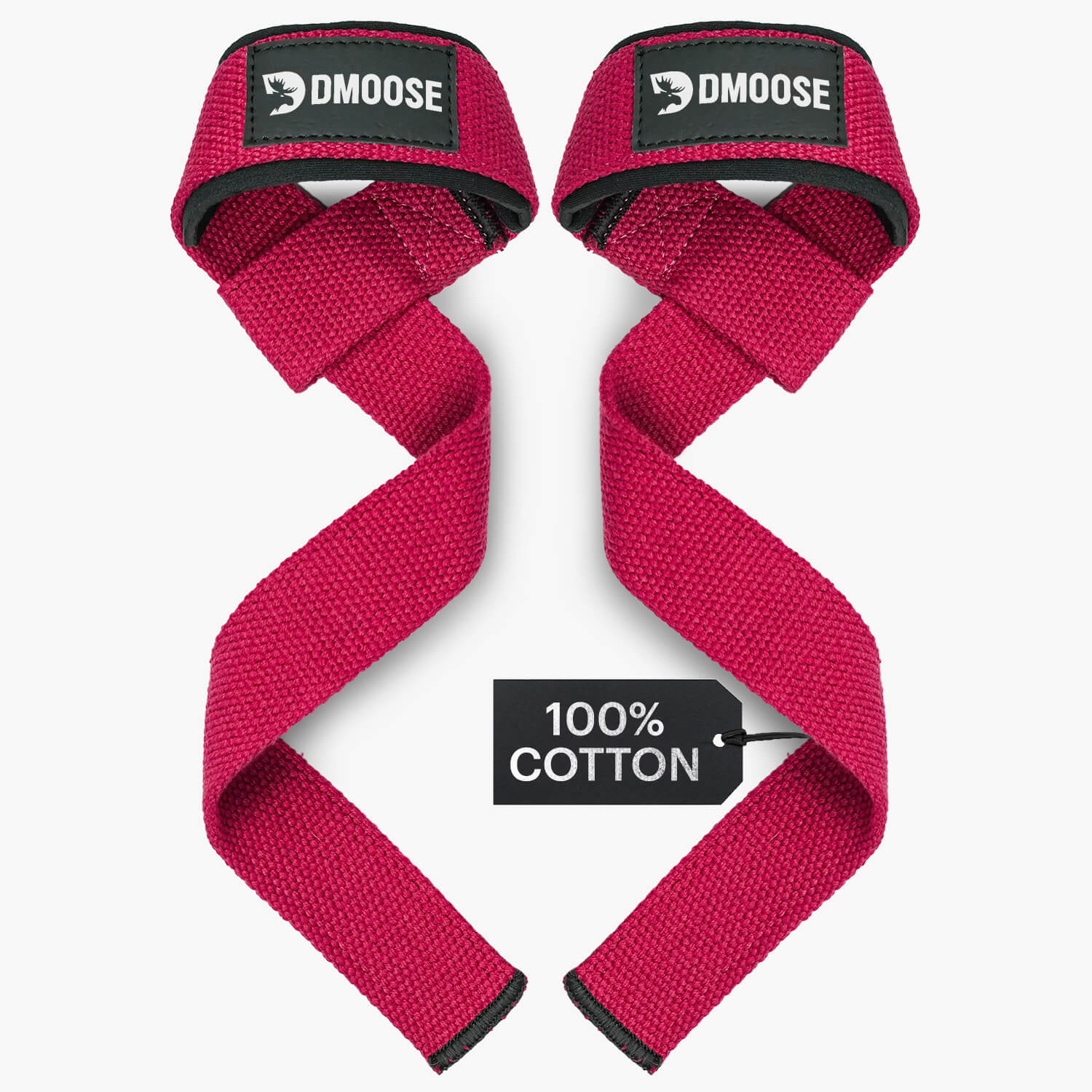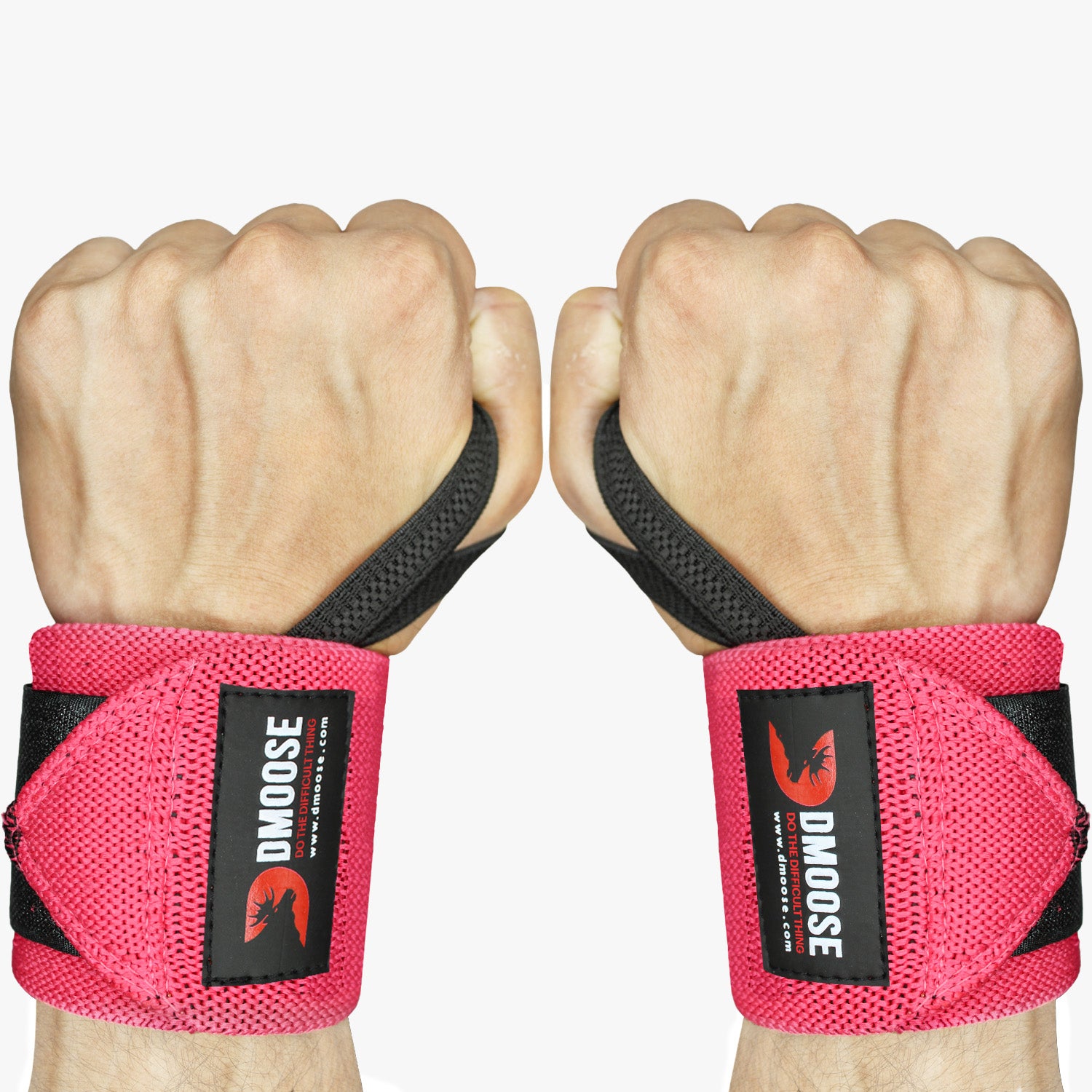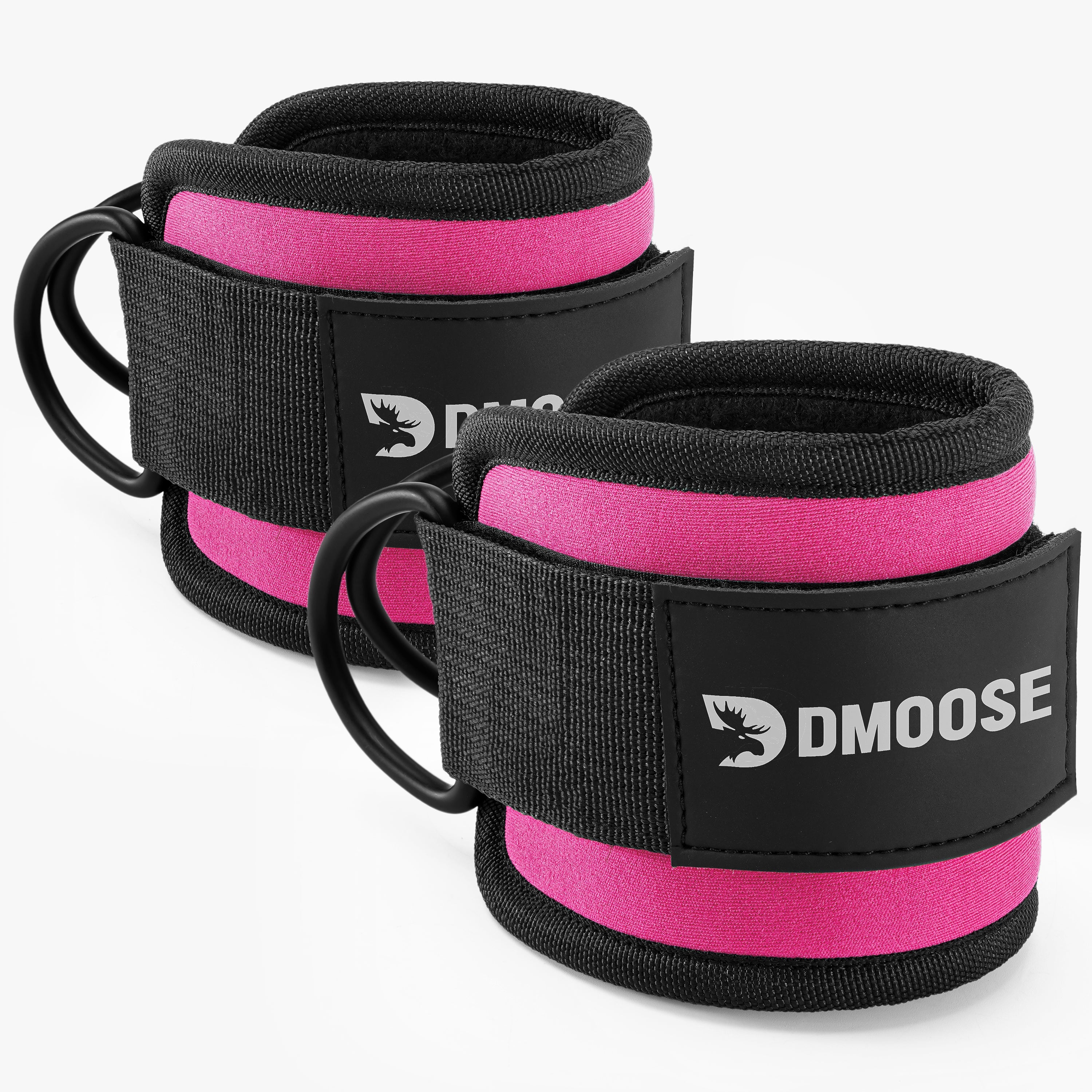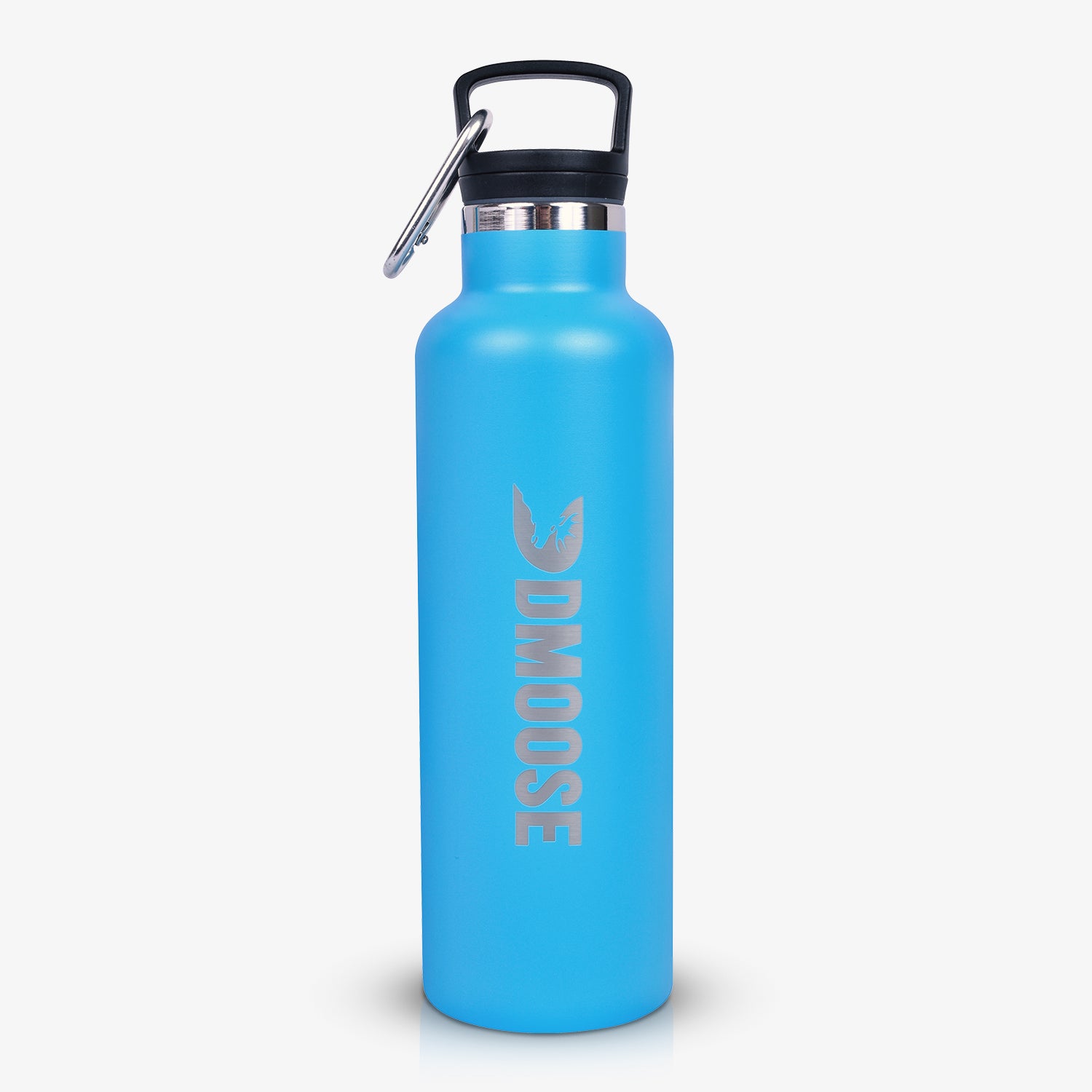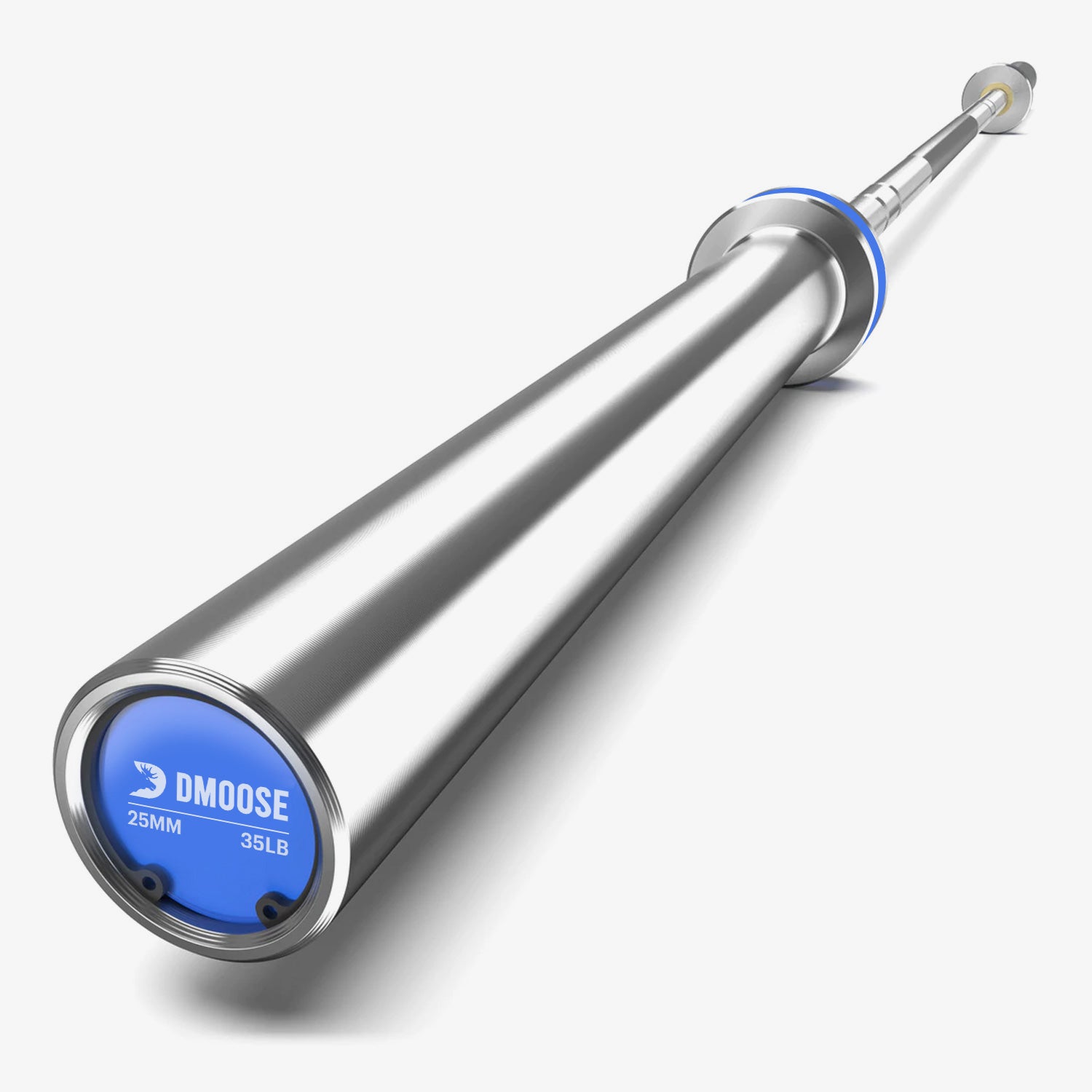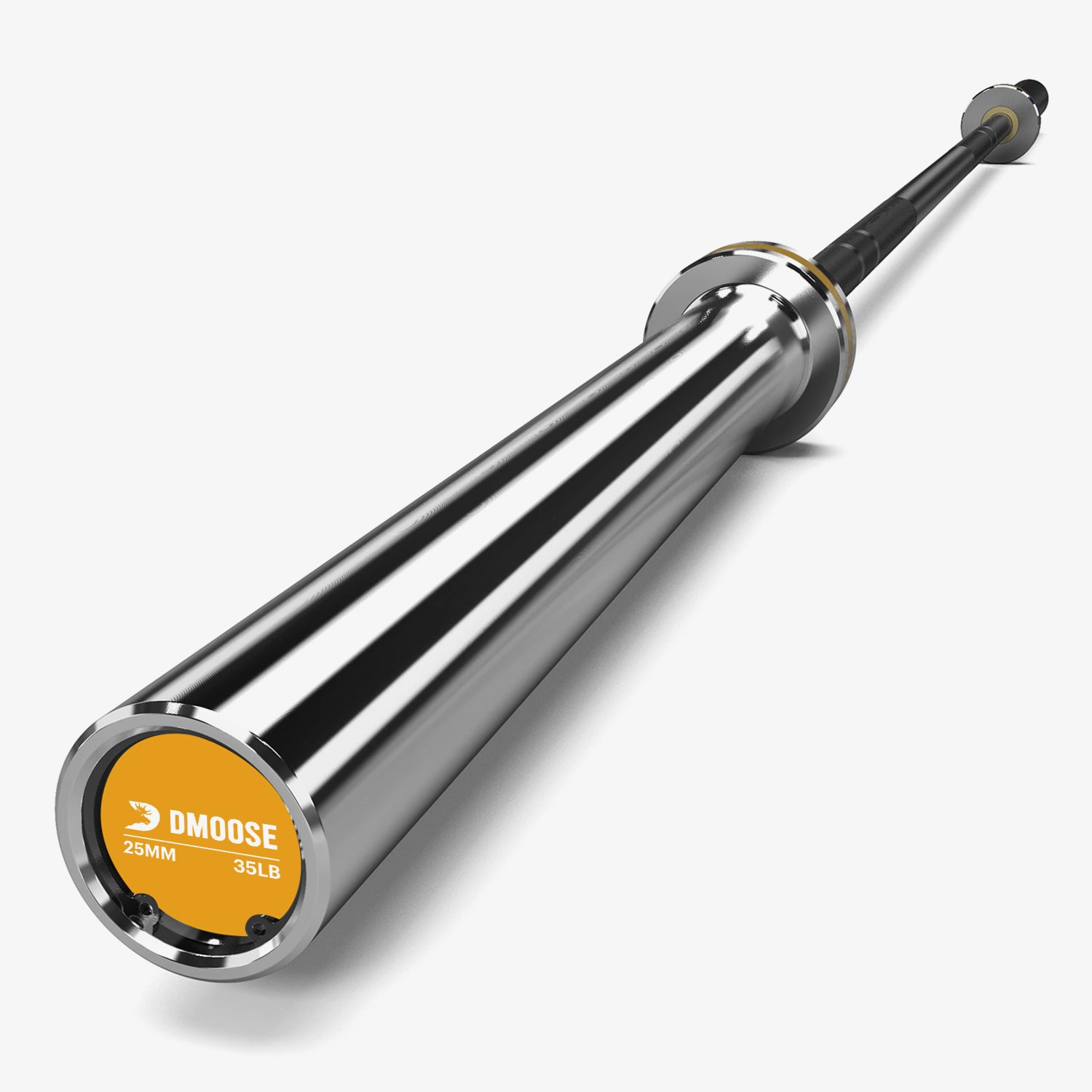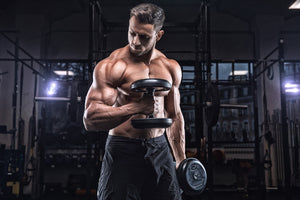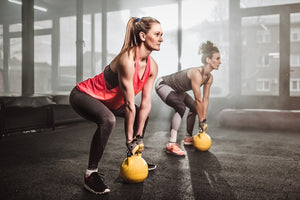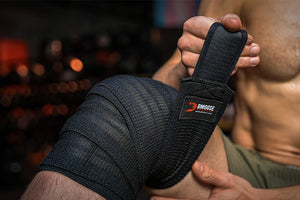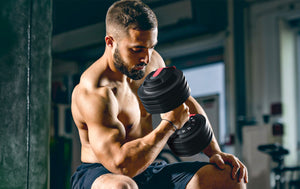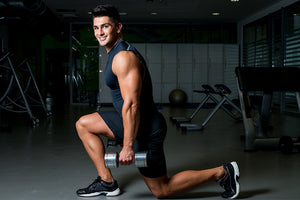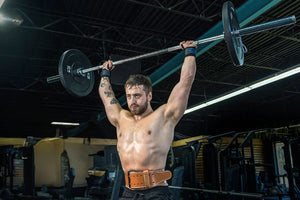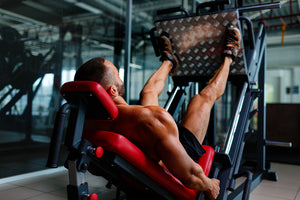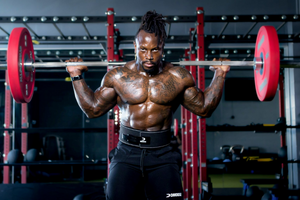Are you curious about the benefits of barefoot training? Allowing your feet to go unshod when exercising can significantly improve physical performance, balance, and overall strength. It can also help reduce stress by improving joint stability and posture.
Additionally, it can provide enhanced sensory feedback from the ground that helps to build better proprioception. The best part is there are a variety of exercises that can be done barefoot, such as squats, lunges, and planks!
So why not give it a try? You might surprise yourself with the energy efficiency and strength-building you experience!
The Benefits of Barefoot Training
Barefoot training is an effective exercise technique that involves going without shoes or wearing minimal footwear to help build strength in your feet muscles. If you're not up for totally barefoot workouts, however, there's always the option of opting for specially-made "barefoot" shoes, which still offer protection from sharp objects and obstacles while allowing you to experience the benefits of going shoeless.
Related Article: 10 Best Strength Training Exercises for Women Over 50
Stability & Agility
When it comes to fitness, there can be so much to learn. An often-overlooked but incredibly beneficial form of training is barefoot fitness training. Training without footwear enhances stability and agility in the body, improving the ability to balance and move through everyday life with ease.
By performing exercises without shoes, you'll have greater control and engage more stabilizing muscles while focusing on proper body alignment. In addition to improved stability and agility, you can expect greater strength and balance throughout your body.
Moreover, thanks to the natural connection between feet and ground, it also helps us reconnect with nature and develop a better sense of grounding in our lives.
Stronger Ankles
Recently, barefoot fitness training has become famous for improving overall health and strength. But did you know one specific benefit of going without shoes during workouts? Strengthening the ankles! This is because when you work out with shoes, your feet and ankles are often propped up, meaning the muscles of those areas are not being used.
When practicing barefoot fitness, on the other hand, the balance demands placed on the core and ankle muscles increase. This means that when done correctly and with consideration of any existing unaddressed mobility issues, you can build strong, stable ankles regularly simply by taking your workouts off-road... or as we call it - off-carpet!
Related Article: 8 Fitness Trends to Look Out for in 2023
Improves Proprioception
If you've heard the phrase "mind over matter," it certainly applies to barefoot fitness training. Taking off those sneakers and running shoes and hitting the gym or going for a jog without them will help you break through fitness plateaus and improve your overall posture and balance.
This is because, while wearing footwear can reduce pain associated with certain workout routines, it dulls our sense of how to properly balance ourselves and perform exercises correctly due to a lack of proprioception – that sense of feeling in every extremity as our bodies move.
Working out without shoes amplifies this feeling, allowing us to connect better with our body and become more aware of what movements are most effective for muscle-building.
Prevent Hip Problems
Barefoot fitness training is a great way to prevent hip problems. Going barefoot corrects how we stand and move, encouraging our hips to stay in a secure alignment with less chance of getting wobbly.
Not only does being barefoot help target muscles in the feet, ankles, calves, and thighs that are often underused in traditional movements with shoes on, but it enhances balance and proprioception—increasing awareness of how your body moves.
Taking off your shoes for various exercises also stretches down through the toes, helping to absorb impact in those areas, and decreasing the stress on the hips.
Stronger Feet
Did you know that barefoot fitness training is highly beneficial for your feet? That's right—-going all natural while exercising can help make your feet stronger than ever. Barefoot fitness training encourages the foot muscles to work harder since they are forced to grip, balance, and shift in different ways with no cushion or support.
This promotes better proprioception, which is key for overall stability and strength. Plus, it helps you become more mindful of how your body moves so that you can get powered up from the feet up!
To get started with barefoot training, begin on a soft surface like grass or turf before attempting harder surfaces such as concrete or wood. Your feet will thank you!
Powerboost During Weightlifting
When attempting to lift weights like loaded barbells in powerlifting, a considerable amount of weight, your gym shoes provide an additional cushion as you lift. While this isn't necessarily problematic, the shock absorption from these soles means that some of the force used in lifting is lost.
To truly maximize power and recruit more muscle support with each repetition, it's beneficial for lifters to train barefoot—allowing every ounce of strength and energy to be transferred straight into the lift itself!
TRENDING ARTICLES
Tips for Avoiding Injuries While Barefoot Lifting
Here are some tips to keep in mind if you want to avoid injuries and maximize your benefits while lifting barefoot:
Use Proper Form Always.
Hire a professional trainer or have a gym buddy check your form while performing your workouts. Face the mirrors to ensure that you follow the right technique and maintain the perfect form while working out.
If you can't multitask, you can ask your friends to note down or take photos so you can see where you are going wrong. The correct form helps avoid sprains and strains.
Warm Up
If you're serious about warming up your muscles, a simple stretch won't cut it. To truly prepare yourself for an intense workout session and reduce the risk of injury, spend 10 minutes doing dynamic warm-up exercises that raise your core temperature with some light cardio activity. This will help prime your body to endure any strain or stress effectively.
Adopt a Slow & Gradual Stance
As you build your strength, complete the appropriate reps for your physical prowess. Even Olympians emphasize a gradual and steady approach to developing their muscles.
Don't be like those risk-takers who attempt lifting twice as much weight as necessary - that's how injuries happen! Be careful and don't disregard proper form or push too hard too fast; follow the proper steps if you want to stay safe while reaching peak performance levels barefoot.
Stretch As Much As Possible
You must stretch a lot when training barefoot. Stretch before you start, stretch in the middle of your workout, and stretch again when you are done. You need to keep your feet warm, flexible, and functional. They'll be rigid and achy if you don't stretch your feet enough.
Stay Steady
Don't just save all your intense workouts for the weekends or try to squeeze them into a single session weekly. Even if you have an extensive schedule during weekdays, commit at least one hour every other day to hitting the gym.
Incorporating barefoot training into your daily routine is an invaluable investment in your health and should not be relegated exclusively to weekends.
Take Care of Your Body
Becoming a successful athlete requires effort beyond just the time you spend in the gym. Make sure that you are getting adequate rest, staying hydrated, and eating nutritious meals.
Don't forget to reward yourself when reaching each milestone with an indulgent cheat day - your health will thank you for it! Plus, taking care of your body makes lifting barefoot more comfortable and prevents injuries.
Is Barefoot Training Right for You & Your Workouts?
Having explained all the benefits of barefoot training, it's plain and straightforward that going barefoot is a great thing to do to take your strength game up a notch.
But it may not be everyone's cup of tea.
Well, it certainly won't be easy for any of us who are used to hitting the gym with the best possible shoes on.
Here's what Sal Di Stefano thinks, a host of the Mind Pump Show:
"There's a massive benefit to working out barefoot. But now, if you're used to working out in shoes, your feet are your weakest link… If you're used to squatting 200 pounds with shoes on, now, when you squat, you probably have to go down to 100 pounds and watch your feet. If you go to your old workout with shoes off and your feet are weak, you're gonna hurt yourself."
Plus, while Indoors, going barefoot is usually safe. When outdoors, however, it can be a risky endeavor; the ground may be too hard or hot to tread on with unprotected feet, and there also could be sharp objects that lead to injury. The smoothest roads and pavements will injure the soft underside of your feet when you are not used to barefoot training.
It's also crucial to build up your lower body muscles before attempting any strenuous activity while not wearing footwear.
So, you must gradually acquaint yourself with the barefoot feeling before trying hard-core barefoot training: take baby steps towards this transition. Try minimalist shoes before going completely barefoot, and keep an eye out for potentially dangerous surfaces where you can injure your feet with sharp objects.
Forgo your footwear, and you will quickly boost your strength. With the right instruction and guidance, ditching the shoes can enhance balance, control, and overall body awareness - all of which are essential for competitive athletes.
Working out sans shoes offers more advantages than potential risks, so if this interests you, it won't be long until you begin noticing a stronger version of yourself.
Can You Do Barefoot Training If You Have Plantar Fasciitis?
If you have plantar fasciitis, barefoot training may not seem like an inviting prospect. But the truth is, it can help relieve pain and regain strength. It all depends on your activity level and the current state of your feet. Start slowly with short sessions and stop immediately if you feel any discomfort.
Certain exercises are particularly beneficial for plantar fasciitis sufferers, such as calf stretches, yoga poses, and foot massage, which can help build foot muscles. You can improve strength and reduce pain with practice and consistency over time. The key is to listen to your body, so you don't overdo it!
The Bottom Line
Going barefoot has a lot of benefits that extend beyond the gym. Stronger ankles, improved proprioception, and stronger feet are some reasons you should consider ditching your shoes next time you work out. The most important thing to remember is to listen to your body and give it time to adjust to this new way of training. Start slow and increase the intensity gradually to avoid injuries.
If you can't go completely barefoot, try wearing minimalist shoes or going sockless. And if you have plantar fasciitis, talk to your doctor before giving barefoot training a try. With careful consideration and gentle conditioning, everyone can reap the rewards of working out shoeless.



